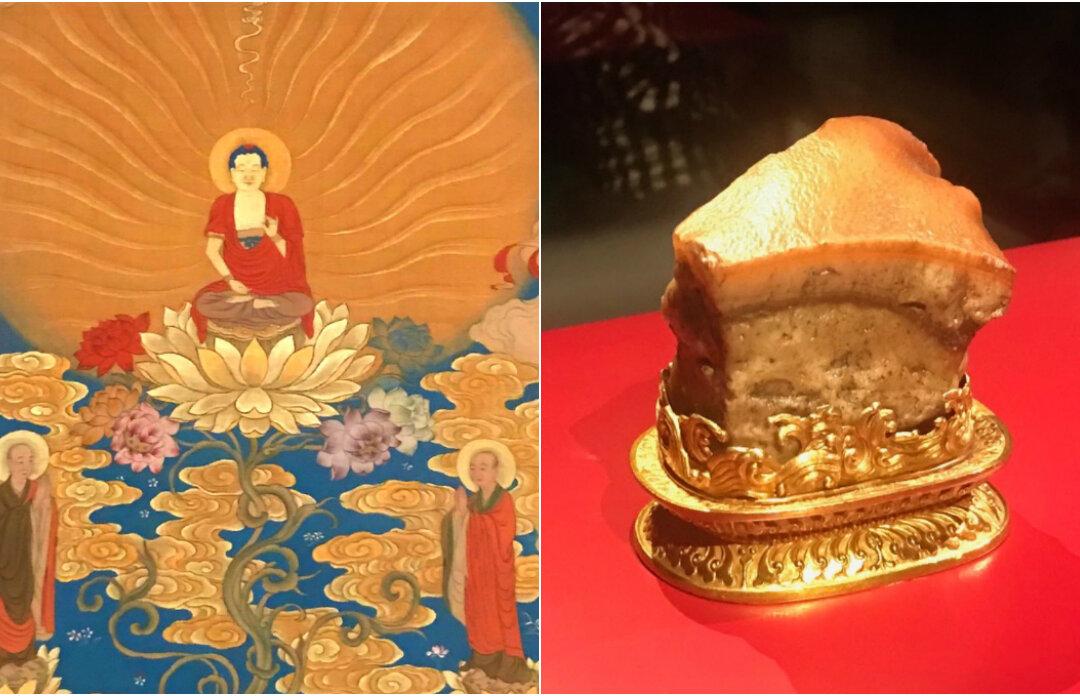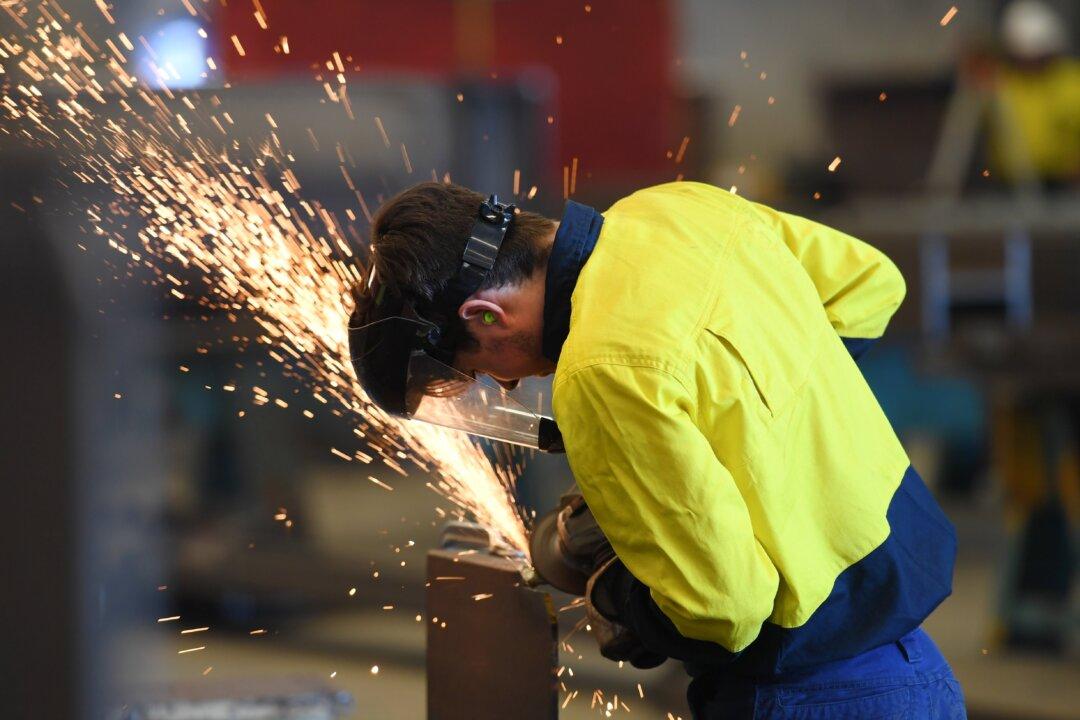A collection of China’s finest art will continue to be displayed in Sydney despite a formal protest by the Chinese consulate.
The exhibition, called Heaven and Earth in Chinese Art, hails from Taiwan’s world renowned National Palace Museum (NPM) and is the first collaboration between the NPM and an Australian cultural institution—a partnership the Chinese regime is unimpressed with.





